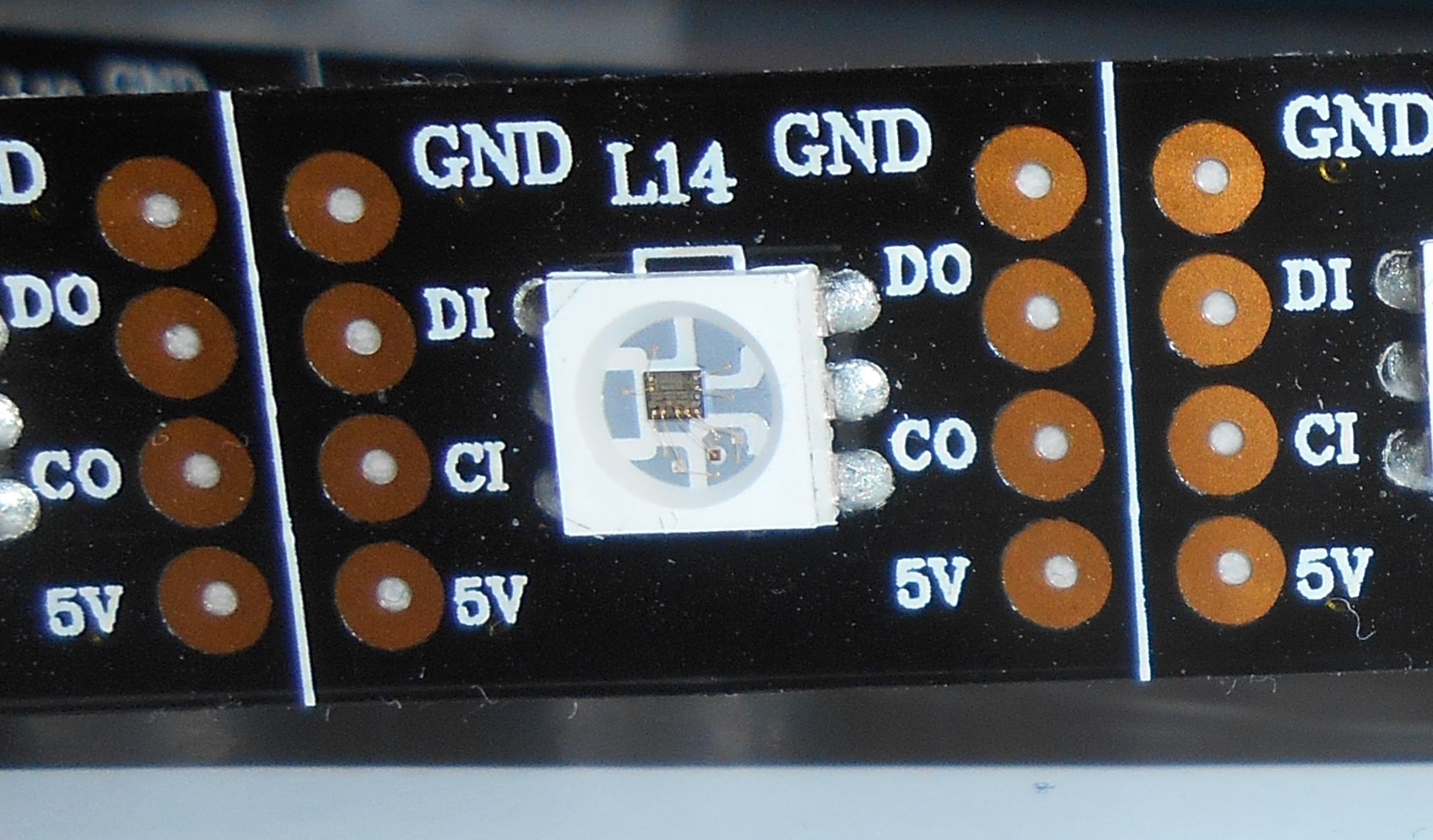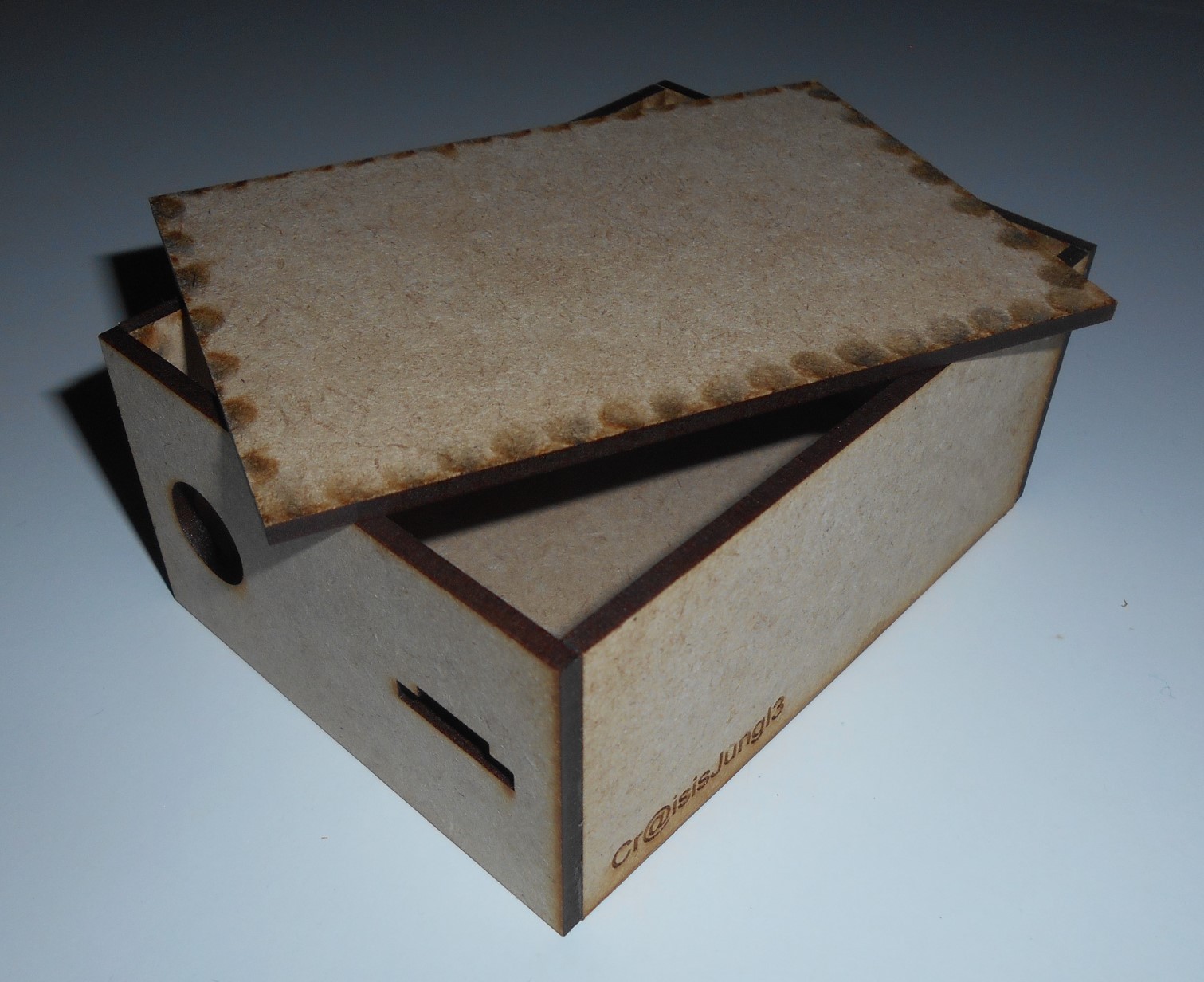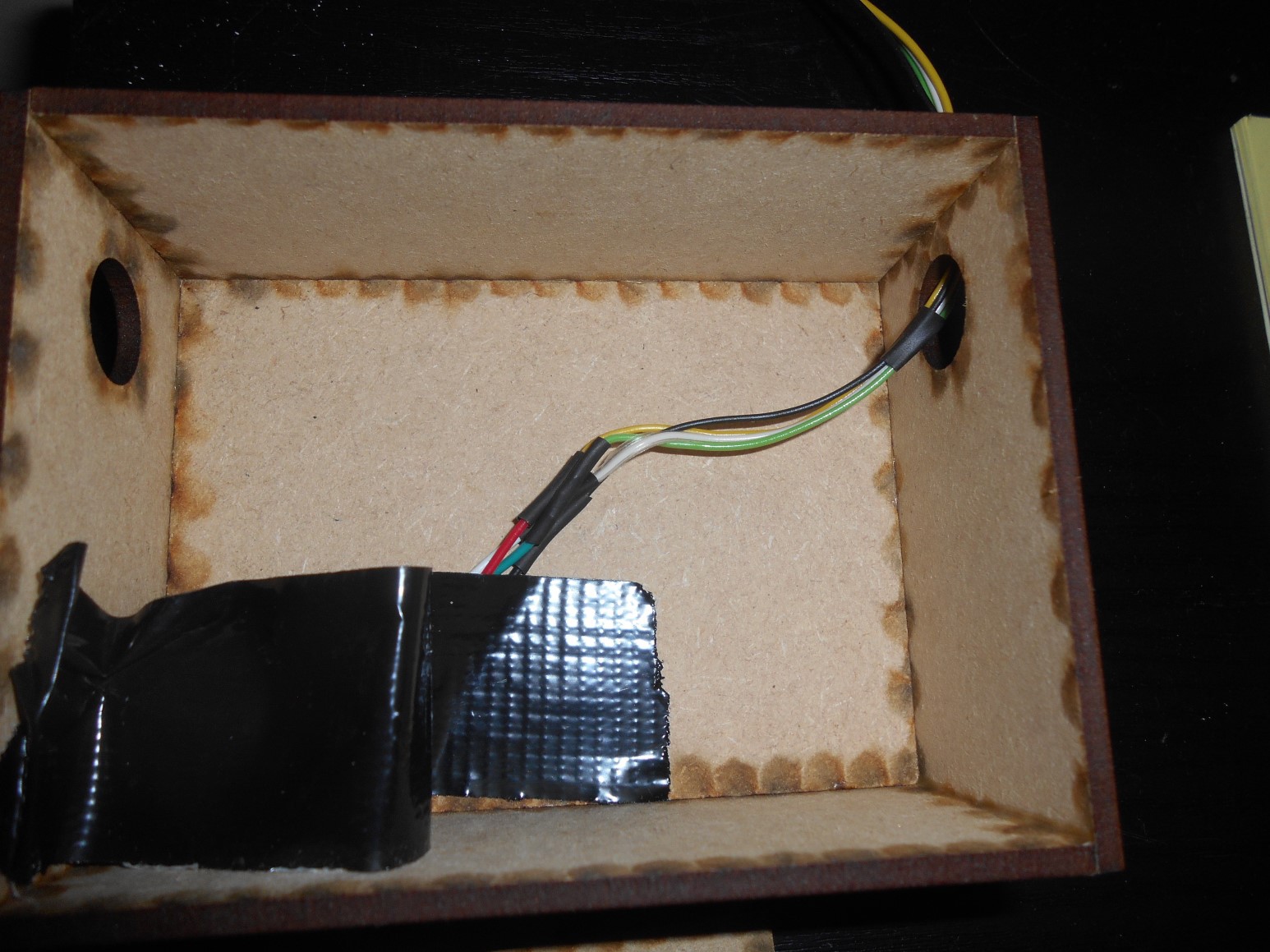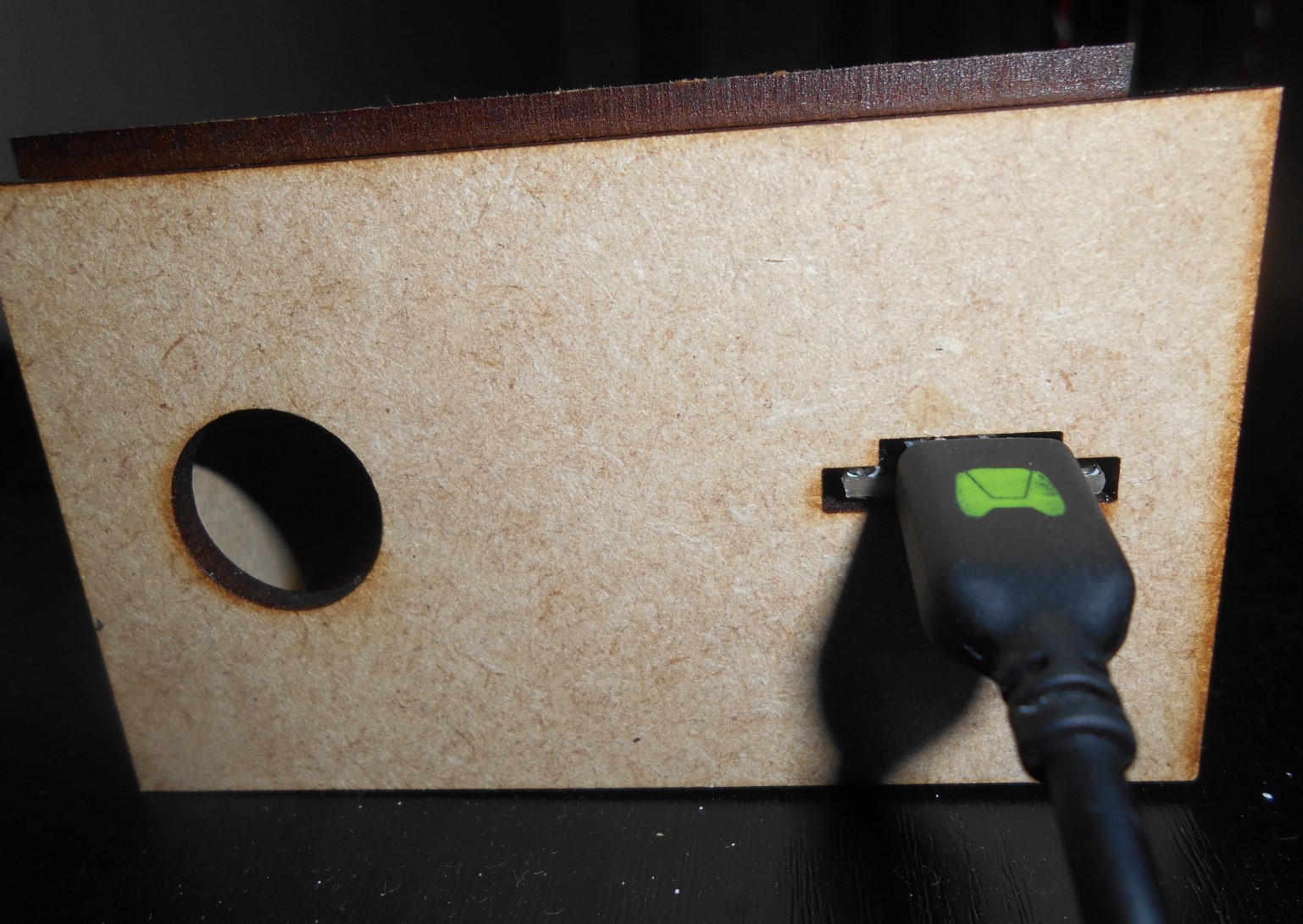The first step was to brainstorm a bit on how to make what we wanted.
We need 26 lights, in order to blink any word. Does it need to be hardwired, is it feasible, is it cheap? The answer was to use cheap individually addressable LEDs, even just only white.
To go fast and cheap, there were also the need to add a microcontroller, where an Arduino system turns out to be the fastest prototyping solution, considering the availability of libraries.
The LEDs...
Now there are many circuits capable to make any LED individually addressable, but the effort and the cost shall be multiplied by 26 times. So the focus was on a LED module which contains already everything per each LED and being as small as possible. The main popular solution may be the Neopixels and similar ones, but our budget was limited and we needed to complete this in one week.
It is now that I went to the local hackerspace, to think how to do the enclosure. It is there that I met [Benadski], who kindly provide to me a huge strip of individually addressable LEDs. So I tried to connect them but, sadly, they have a different pinout w.r.t. the Neopixels. After trial and errors, analyzing the pin-out, then shrinking the search to the interesting small silicon die, I discover them to be the APA102 parts. Then I discovered that on one extreme of the strip, it were mentioned the "APA102" on the silkscreen.
Then, with an Arduino Nano still from the local hackerspace, I just connected all together, following the indications on the strip:


...and the rainbow
According to the datasheet (honestly, barely understandable) seems that I should not turn on all the LEDs on the same time at the maximum brightness, because with 26 letters the current absorbed would be almost 2A at 5V. But I turned on a strip of 60 LEDs with the sample sketch. But in the end, the first check is promising, despite ignoring any power requirement:
 We also decided at the beginning how to keep everything together. We end up in a laser cutted box, with the space of "some" input and output wires (couple of holes) and the Arduino Nano USB:
We also decided at the beginning how to keep everything together. We end up in a laser cutted box, with the space of "some" input and output wires (couple of holes) and the Arduino Nano USB:

The Cr@isisjungl3 crew finally accomplished to make a box. The first trial without any particular supporting electronics seems to work:


Now it is time to build the bulbs.
 Enrico
Enrico
Discussions
Become a Hackaday.io Member
Create an account to leave a comment. Already have an account? Log In.